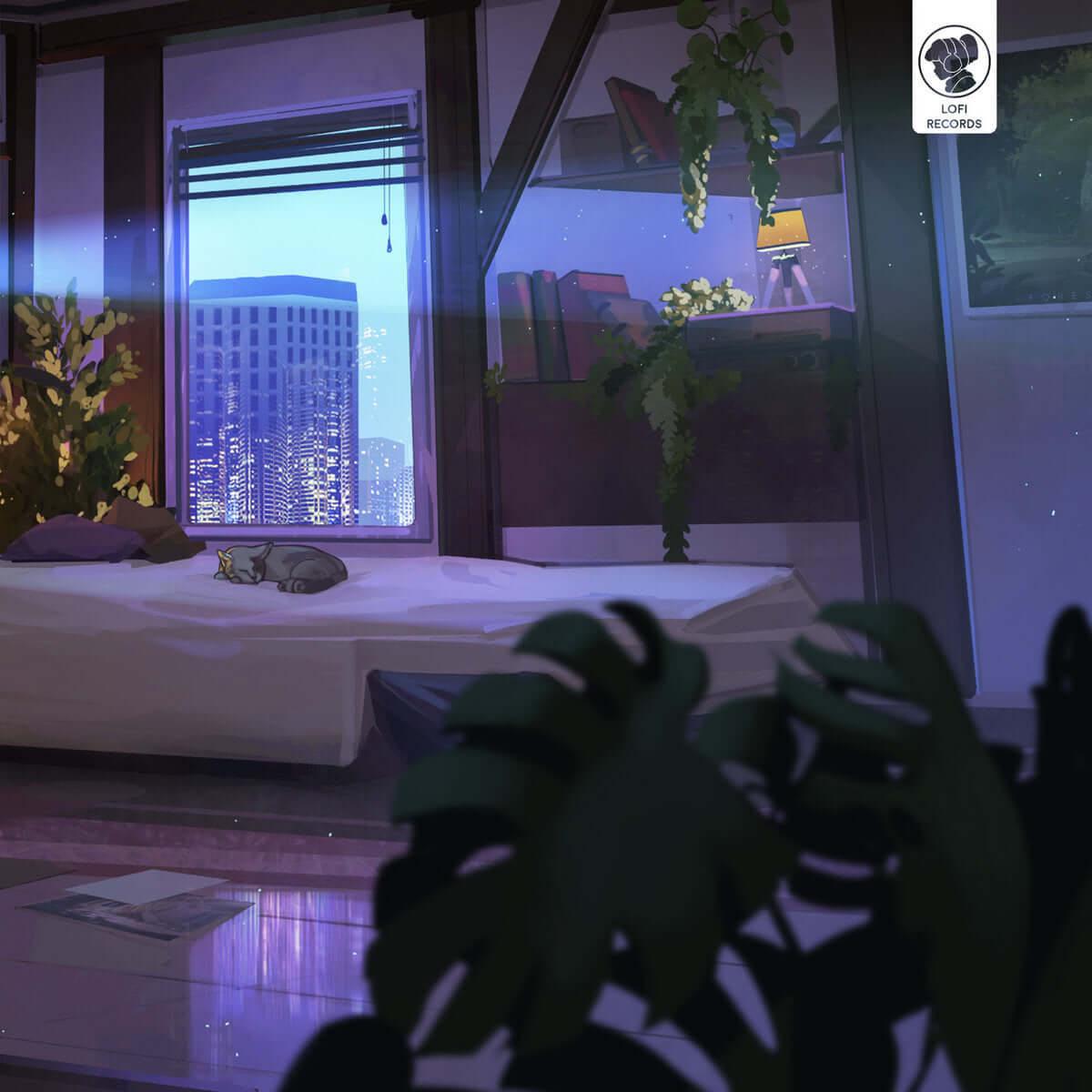This article covers how to mix and master lofi hip hop. This method gained Mondo Loops over 100 Million streams on Spotify.
Mixing
Mixing is arguably the most difficult part therefore is one where producers often slip up. The process to mix and master lofi is effectively balancing all your instruments with each other, balancing the overall tone, and enhancing the feel of the music. The process can, however, be split up into 4 categories; Premix, Balance and clean up, space and unity, and brightness and saturation.
Pre-Mix
The Pre-Mix phase is effectively an orginisation step, however, whilst it is more practicle than sound improvement it is still an essential step.
Start by creating groups or busses in your track. For example, similar-sounding instruments can be grouped together and processed as one, as can drums (excluding kicks) and other textures in the track. This reduces the CPU usage and time needed to process each individual track. In addition to adding more unity to the track as multiple sounds passing one effect can help in bringing them together tonally.
The next step is to create sends. This allows you to control how much reverb / delay / saturation you want each instrument or group to have.
Balance and Clean Up
This stage refers to getting the levels right and cutting out unwanted frequencies.
I typically start with my most important element, the focal point of the track. For example, in the above video, I want the piano to be the main focus. Therefore I isolate this, reduce the muddiness with an EQ, and get the level where I want it to be. From there I add in the next element, again ensuring there are no unwanted frequencies (remove bass, sharp highs etc.). And set the volume relative to the first piano. You can repeat this until all instruments sound how you like relative to one another.
Space and Unity
Once the levels and EQing is all complete, there is still the need for ensuring all elements of the track have space in the mix and don't clash.
There are multiple methods to do this, the main being panning. Panning moves sounds to the left or right depending on the settings and means instruments with similar tonal shape can coexist without clashing. This ideally is done to high melody, guitar lines, bells and chimes, high drum layers etc. and should be avoided on kicks, snares, leads, main chord progressions. Adding more stereo width not only allows instruments space to coexist but adds another layer of interest to the track.
Other methods to add space include side chaining, this is effectively making something quieter when a different instrument is playing. Used on kick drums and bass so the bass lines allow space for the kick frequencies to be heard clearer adding punchiness to a track.
Brightness and Saturation
Finally, once the mix is balanced, the final touches are adding brightness, saturation and shaping the tonality of the audio. This involves listening for sounds that sound dull and adding EQ boost and saturation to boost their high presence. Alternatively, the opposite could be true for lack of bass clarity so boosting this with EQs may help.
Once these are all complete, it is time to master your track. The above video contains a breakdown of this and a free mastering chain download. CLICK HERE FOR YOUTUBE LINK. More blogs HERE.




Comments
Visit here For song lyrics
T